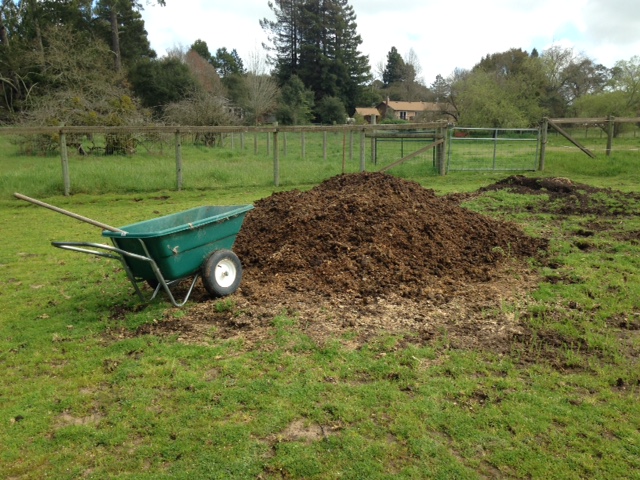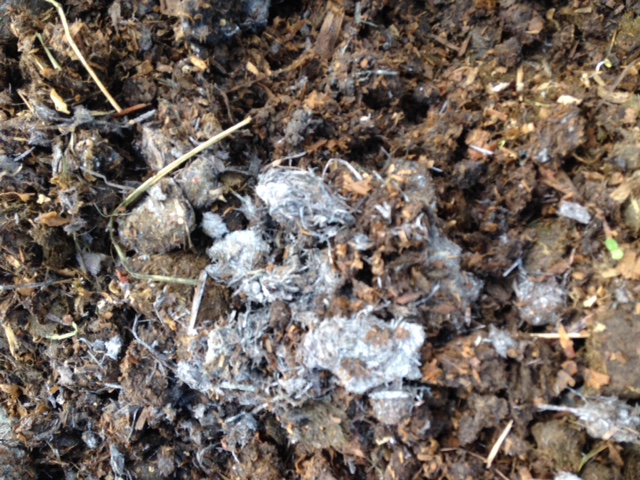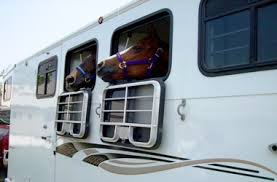Poop happens. Pick it up.
This is Part 2 of a series on Manure Management for back-yard horse owners. In Part 1 https://inbalanceequestrian.com/manure-management-for-the-back-yard-horse-owner/, I covered the challenges of managing the manure produced by horses on a small facility. Here’s a brief recap and list of fun facts about horse manure:
- The average horse produces 45 pounds of manure each day
- To store a year’s worth of manure for 1 horse, you would need an are 12 x 12 feet piled 3-5 feet deep (not including any bedding incorporated into the pile)
- Problems caused by an accumulation of manure
include
- Odor
- Flies
- Parasites
- Waterway pollution from runoff
- Takes up space
- Eyesore
- Considerations when evaluating your options
- Cost
- Time
- Space
- Options for disposal
- Have it hauled off
- Garbage company (expensive)
- Compost company
- Local farms or vineyards
- Spread it on pasture
- Flies and parasites still a problem
- Pollution can still be a problem
- Spotty nutritional composition
- Requires labor or special equipment
- Compost it
- Requires space
- Must be located to prevent pollution from runoff
- Requires active management
- Requires labor for most effective methods
- Done correctly, kills flies, pathogens and weed seeds
- Results in a useful and desirable product for farm and garden
- Have it hauled off
- Composting is often the most desirable method.
- Doesn’t require transporting the manure
- Done properly (with heat), kills most pathogens, fly eggs, parasites
- Results in highly desirable garden or farm product
- Facts
about composting:
- Requires 4 things
- Nitrogen
- Carbon
- Oxygen Moisture
- The ideal carbon:nitrogen ratio is 25:1 or lower
- Horse manure on its own (sans bedding) is close to that ideal ratio
- Bedding adds carbon and that tends to make the ratio too heavy on carbon for successful composting. Depending on how much bedding is included in the pile, the ratio can be as high as 75:1 as bedding is almost entirely carbon (C/N ratio 500:1)
- The heat generated by most methods destroys the flies, parasites and weed seeds
- Usually there are 3 piles going, in various stages of completion
- Requires 4 things
I’m opting for composting. Actually, I’ve technically been composting by piling it all up in my pasture, which is a form of composting, but not the most effective method.

There are several ways to create compost The three most common are:
- Anaerobic composting (the method I’ve been using).
- Piling the manure, no active management
- Least labor-intensive
- Produces the lowest-quality compost.
- Manure will, eventually, decompose but:
- it takes a lot longer,
- it tends to have an unpleasant odor,
- attracts flies
- does not kill pathogens, fly eggs, parasites, or weed seeds.
- Vermicomposting.
- Adding earthworms to the manure pile (or if you’re lucky, they may just show up on their own).
- Requires a minimal amount of equipment,
- Composts faster than the anaerobic method
- Produces great-quality compost.
- Needs to be kept aerobic and a proper moisture level maintained.
- Pathogen reduction may not be as great as in the next method.
- Aerobic thermophilic.
- Most highly recommended method
- Requires more active management than the other methods
- Results in nice compost
- The pathogens, fly eggs, parasites, and weed seeds are largely destroyed.
- The pile is maintained in a way that provides optimal conditions for microbes
- that break down organic matter, and
- generate temperatures up to 160-165 degrees F during the process.
- Heat is what destroys the undesirable elements.
- Requires the right mix of carbon, nitrogen, oxygen and moisture.
- To achieve the right temperature, the pile should be at least 3 feet square.
To keep the right oxygen level, the pile must be kept aerated if using the second and third method (the first method is anaerobic (without oxygen), which is why it is the least effective method. There are a few methods for aerating the pile.
- Turning manually using a pitchfork (labor intensive. Trust me)
- Turning mechanically, using a tractor or front loader
- Using a blower system, either purchased or homemade (aka Aerated Static Compost system)
The system should be covered to prevent drying out in dry weather and getting soggy and anaerobic in wet weather. Covers can be either tarps or a roof.
Also, while I keep saying “Pile” of manure, there is also the option of building bins to contain the manure. This can keep the composting manure tidier and makes it easier to manage.
I’ve been reviving my anaerobic pile by turning it with a pitchfork (since it’s too muddy out there to bring out the tractor) and adding fresh manure. It’s been a lot of work, but that pile is now hot and “cooking”. By the way, a compost pile it is hot will take on a white coating that looks like charcoal briquettes that are ready for the food to go on the grill. But, while I appreciate the upper body workout, the allure of the blower system is calling to me.

Blower systems come in many forms and consist of ventilated pipes that run through the pile or bin and are connected to a blower that forces oxygen into the pile. It eliminates the need to turn the pile and, since it is usually connected to a timer that turns the blower on and off at regular intervals, it produces a consistent product.
The lead maker of static aerated systems for small acreage operations is O2 Compost (www.o2compost.com). They have a wide variety of systems, ranging from simple self-assembly boxes to larger, more permanent and more attractive solutions. According to their website, the simplest single- box system starts at $675. They will design a system for you and install it if you like so pricing depends on what you select. They also provide training programs. I saw one of these systems at a local facility and it is on my wish list! But it might not be in my budget since I want something a bit larger and grander than the single-box system.
Plans for build-it-yourself systems are available online, both downloadable PDFs and YouTube videos. Materials vary from systems build from pallets to concrete block bins with a roof.
I’ll be evaluating my composting options and will post my progress as this project continues to take shape.



